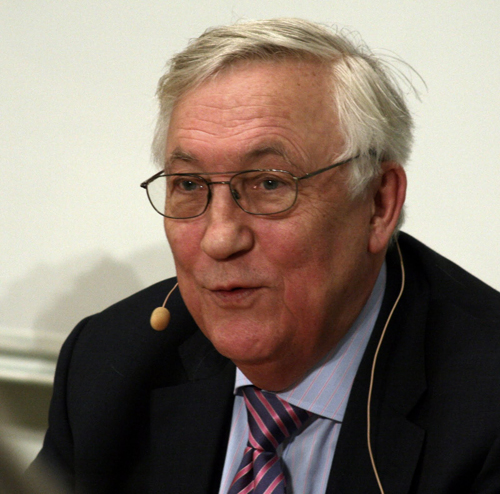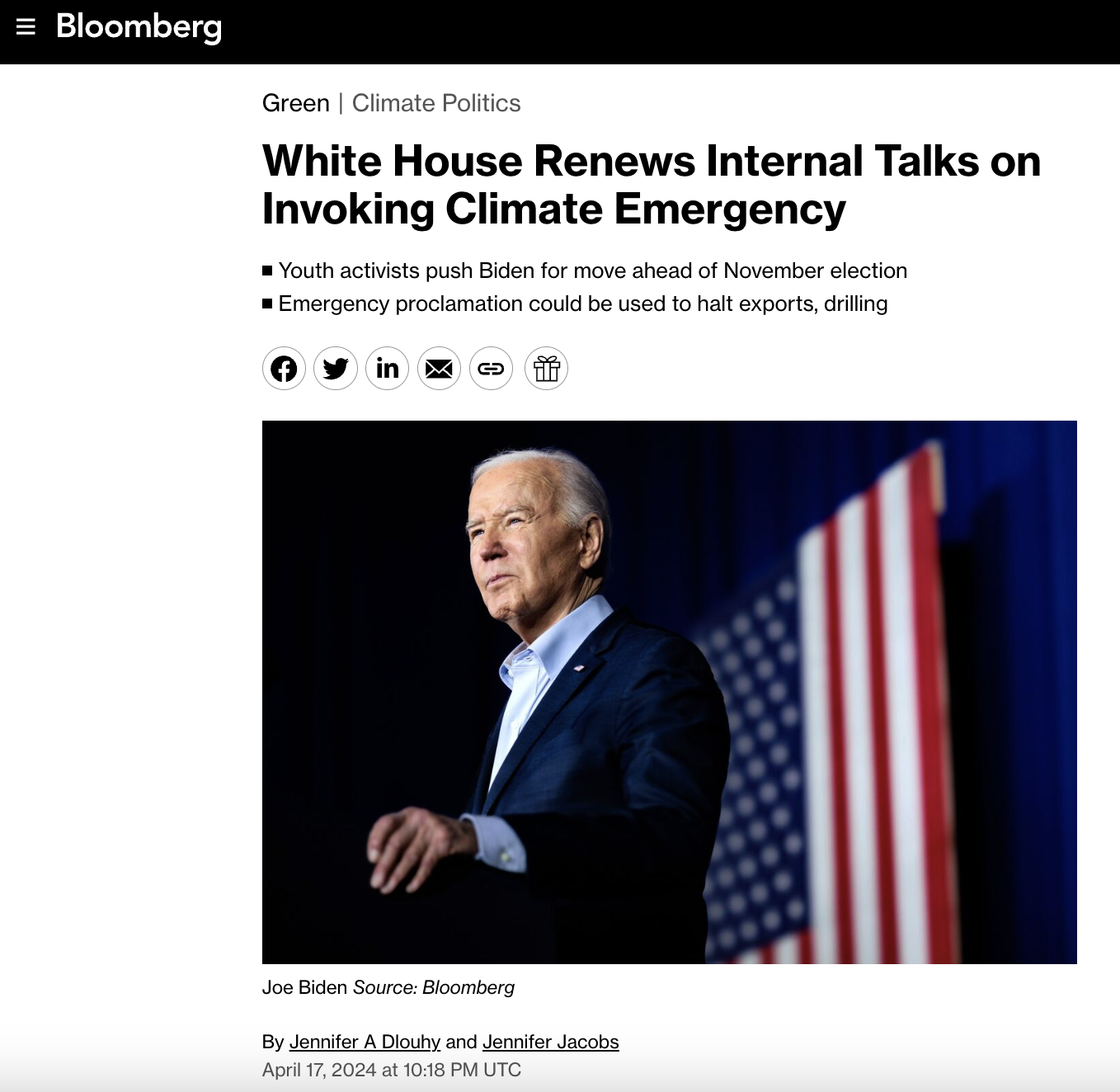
Lennart Bengtsson: My View On Climate Research
http://www.thegwpf.org/lennart-bengtsson-my-view-on-climate-research/
As a result of chaos theory, weather and climate cannot be predicted, and how future climate will turn out will not be known until future is upon us.
During the last weeks there has been a lot of speculation regarding my views and my scientific standpoint on climate research. I have never really sought publicity and it was with a great deal of reluctance that I began writing articles for public media. A large part of my unwillingness to partake in public debate is connected to my friend Sven Öhman, a linguist who wrote about semantics and not least about the difficulties specialists run into when attempting to communicate with the public. Words and concepts have different meanings and are interpreted differently depending on one’s background and knowledge.
Sometimes such misunderstanding can be disastrous.
This is also true for concepts such as climate and climate forecasts. Climate is nothing but the sum of all weather events during some representative period of time. The length of this period cannot be strictly specified, but ought to encompass at least 100 years.
Nonetheless, for practical purposes meteorologists have used 30 years. For this reason alone it can be hard to determine whether the climate is changing or not, as data series that are both long enough and homogenous are often lacking. An inspection of the weather in Uppsala since 1722 exemplifies this. Because of chaos theory it is practically impossible to make climate forecasts, since weather cannot be predicted more than one or several weeks. For this reason, climate calculations are uncertain even if all model equations would be perfect.
Despite all these issues, climate research has progressed greatly, above all through new revolutionary observations from space, such as the possibility to measure both volume and mass of the oceans. Temperature and water vapor content of the atmosphere are measured by occultation with GPS satellites. Our knowledge of earlier climate has increased substantially.
It is not surprising that the public is impressed by this and that this trust transfers to climate forecasts and the possibility to predict the earth’s future climate. That all this occurs within a context of international cooperation under the supervision of the UN, and with an apparent unity among the scientists involved has created a robust confidence in IPCC’s climate simulations, in Sweden not the least. SMHI’s [Swedish Meteorological and Hydrological Institute] down-scaled climate simulations for 100 years are impressive and show in detail and with splendid graphics how the climate will turn out both in Östergötland [the Swedish province of East Gothland] and in Västerbotten [West Bothnia].
This is invaluable for municipality climate experts and planners who are working feverishly to avoid future floods and forest fires. The public is in good hands in the benevolent society.
Unfortunately, things are not as splendid as they seem. As a result of chaos theory, weather and climate cannot be predicted, and how future climate will turn out will not be known until future is upon us. It would not help even if we knew the exact amount of greenhouse gases. Add to this the uncertainty about the future of the world. This should be clear to anyone, simply by moving back in time and contemplating what has unfolded from that viewpoint. As Daniel Boorstin put it: “The greatest enemy of knowledge is not ignorance, it is the illusion of knowledge”.
I’m concerned that this is the problem of the present, and the real reason for me to choose to partake in the climate debate over the last couple of years. I don’t think anyone disputes that I have been highly critical of those who completely reject the effects of greenhouse gases on the earth’s climate. This is however not the problem, but rather how much, how soon and to what extent “climate change” will happen. There is no 97% consensus about this, and even less concerning how weather and climate will turn out in Västerbotten [West Bothnia] in 80 years. This is why it unfortunately is misleading of SMHI to show their beautiful maps, because people may actually believe that this is the way the climate will turn out. The climate scientists of SMHI know this, of course, but for the users this is not clear. My colleague in Hamburg, Guy Brasseur, told me the other day that an insignificant change on about 70 km height in a climate model’s mesosphere, made the weather systems relocate from north Germany to the Alps, consequently with radical regional climate change as a result.
Even more alarming is the tendency of giving people the impression that weather events are becoming more extreme, and that this has actually already occurred. Apart from a possible increase in precipitation and a possible intensification of tropical hurricanes that has not yet been detected, there are no indications of extreme weather in the model simulations, and even less so in current observations.
This has convincingly been demonstrated and also held up by the IPCC. Damages are increasing, as are damages from earth quakes, but this due to the growing economy. It is also important to stress that injuries suffered by humans during extreme weather has decreased substantially due to better weather forecasts.
What is perhaps most worrying is the increased tendency of pseudo-science in climate research. This is revealed through the bias in publication records towards only reporting results that support one climate hypothesis, while refraining from publishing results that deviate. Even extremely cold weather, as this year’s winter in north Eastern USA and Canada, is regarded as a consequence of the greenhouse effect.
Were Karl Popper alive today we would certainly have met with fierce critique of this behavior. It is also demonstrated in journals’ reluctance to address issues contradicting simplified climate assessments, such as the long period during the last 17 years with insignificant or no warming over the oceans, and the increase in sea-ice cover around the Antarctic. My colleagues and I have been met with scant understanding when trying to point out that observations indicate lower climate sensitivity than model calculations indicate. Such behavior may not even be intentional but rather attributed to an effect that my colleague Hans von Storch calls a social construct.
That I have taken a stand trying to put the climate debate onto new tracks has resulted in rather violent protests. I have not only been labeled a sceptic but even a denier, and faced harsh criticism from colleagues. Even contemplating my connections with GWPF was deemed unheard of and scandalous.
I find it difficult to believe that the prominent Jewish scientists in the GWPF council appreciate being labeled deniers. The low-point is probably having been labeled “world criminal” by a representative of the English wind power-industry. I want to stress that I am a sworn enemy of the social construction of natural science that has garnered so much traction in the last years. For example, German scientists have attempted to launch what they call “good” science to ensure that natural science shouldn’t be driven by what they view as anti-social curiosity-research by researching things that might not be “good”.
Einstein’s “anti-social behavior”, when he besides his responsible work as a patent office clerk in Bern also researched on the theory of relativity and the photoelectric effect, was of course reprehensible, and to do this during work-time! Even current labor unions would have strongly condemned this.
Related Links:
No Dissent Allowed! 79-Year old Skeptical Climate Scientist Victim of Witch-Hunt – Fears for his ‘safety’ after declaring himself a skeptic


